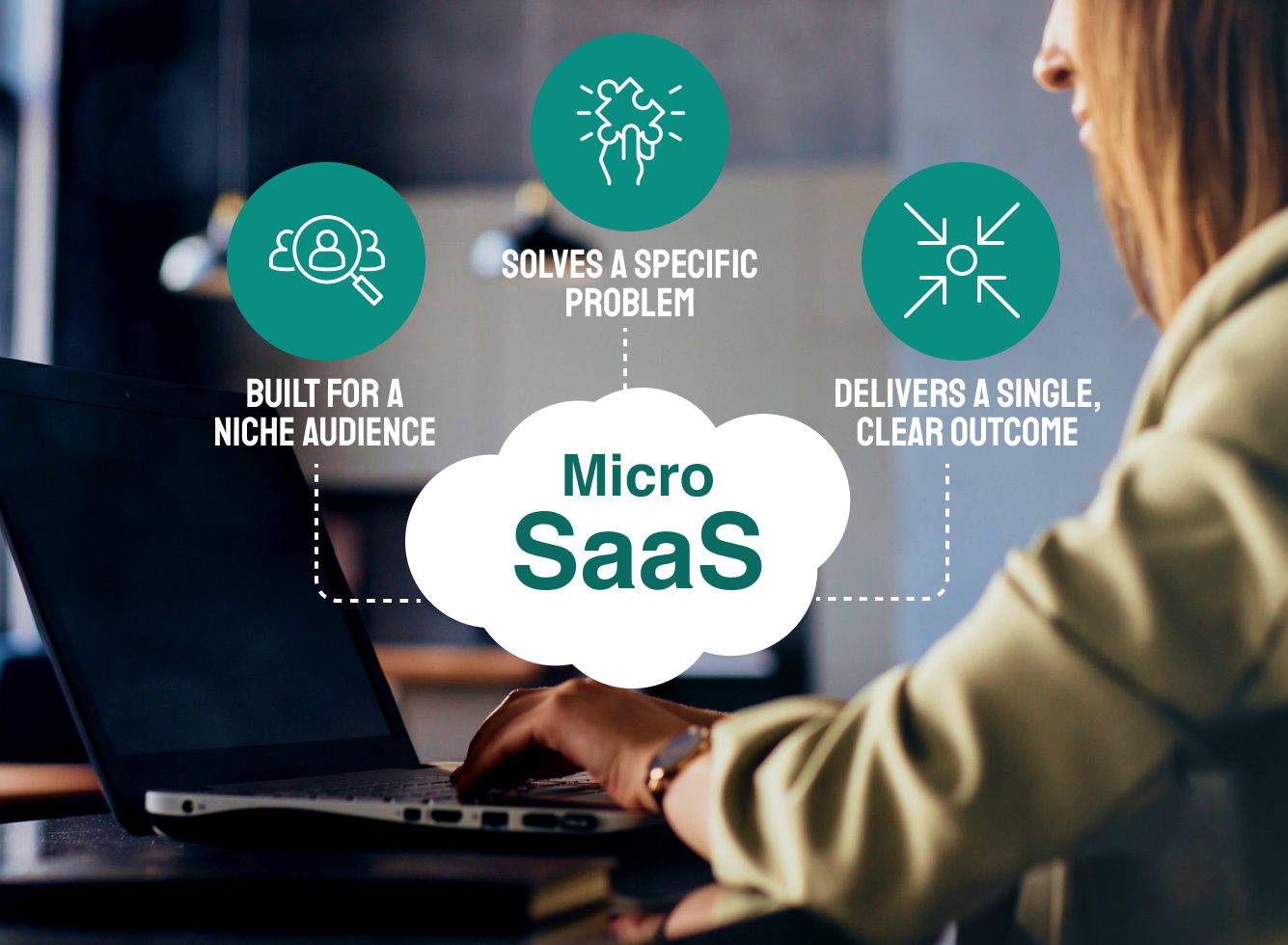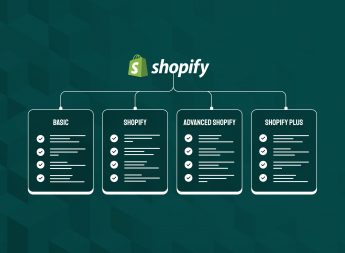What is Micro-SaaS and Why it’s Quietly Changing the Way Software Gets Built

Micro-SaaS is no longer a fringe movement or niche experiment. It’s fast becoming a smarter way to build software, especially for teams that want to move quickly, stay lean, and solve meaningful problems without the overhead of large platforms.
While traditional SaaS platforms were built to serve broad user groups with extensive functionality, Micro-SaaS takes a different path - focused, specific, and intentionally compact.
This blog explores what Micro-SaaS really means, how it works, and why more founders, product leaders, and businesses are adopting it to rethink the way software gets built.
Understanding Micro-SaaS
At its core, Micro-SaaS refers to software tools that are narrow in scope but deep in impact. These tools are:
- Built for a single audience segment
- Designed to solve one well-defined problem
- Focused on delivering one clear outcome
Unlike traditional SaaS platforms that try to address multiple use cases or industries, Micro-SaaS products are laser-focused. They’re often created by small, agile teams – and in many cases, solo founders who have experienced the problem first-hand.
A well-designed Micro-SaaS product is like a precision tool. It doesn’t try to do everything, but what it does, it does exceptionally well.
Why Micro-SaaS is Gaining Momentum
Across industries like ecommerce, travel, fintech, and logistics, teams are shifting away from large, all-in-one systems. What they need are focused solutions that:
- Solve one specific challenge
- Work out of the box, without long onboarding
- Can be used and managed without full-scale tech teams
This growing demand for simplicity, speed, and usability is what makes Micro-SaaS so relevant. It’s not about doing less, it’s about doing the right thing with clarity.
Here’s what makes the model work:
- Efficiency: Lightweight tools are quicker to deploy and easier to use
- Satisfaction: Solving one problem well often leads to stronger user experiences
- Profitability: With lean teams and focused scope, these products reach sustainability faster
- Loyalty: When a tool becomes essential for a very specific need, users tend to stick around
Micro-SaaS often outperforms traditional SaaS platforms in day-to-day usability especially when the job-to-be-done is clear and critical.
Common Traits of Successful Micro-SaaS Products
While every Micro-SaaS product has its own personality, many share a few core attributes:
- Purpose-built: Every feature exists for a reason
- Quick to iterate: Agile teams make regular, targeted improvements
- Deep niche understanding: Often built by someone who’s lived the problem
- Lower overheads: Minimal features and integrations keep costs down
- Strong product-market fit: Clear alignment with a specific use case from day one
This level of clarity becomes a strategic advantage. In a saturated software market, being highly specific often stands out more than being broadly capable.
It’s Changing the Way Teams Build
The rise of Micro-SaaS reflects more than a change in product size – it signals a wider shift in how we approach software development.
Teams are evolving from:
- Scale-first to value-first thinking
- “What else can we add?” to “What can we remove?”
- General solutions to purpose-driven tools
What’s emerging is a product culture rooted in clarity, relevance, and speed. Even larger SaaS companies are taking notice – launching modular add-ons and standalone tools that follow Micro-SaaS principles to serve niche segments.
This isn’t about thinking small. It’s about thinking sharp.
Who is Micro-SaaS for?
Micro-SaaS is often associated with solo builders and bootstrapped startups, but the model is proving useful well beyond that.
Today, we see adoption from:
- Mid-sized businesses that want plug-and-play tools without infrastructure changes
- Enterprise teams exploring modular components that fit into existing systems
- Product managers looking to address specific gaps without introducing unnecessary complexity
In many cases, businesses now assemble a “best-in-class” stack using multiple Micro-SaaS tools instead of relying on one bloated platform. The appeal lies in adaptability, using the right tool for each job, rather than forcing a one-size-fits-all solution.
How Micro-SaaS Redefines Software Success
Micro-SaaS challenges the old metrics of success where scale, user count, and investor funding were the primary indicators.
In this model, success is defined by:
- Solving one meaningful problem with precision
- Delivering immediate value to a defined group
- Building loyal, sustainable user bases
For many teams, this is a welcome reset. Micro-SaaS allows for focused, intentional growth without overbuilding or overspending. As more companies prioritise agility, usability, and results, Micro-SaaS is poised to become a defining part of the modern software landscape.
Focus Over Volume, Precision Over Noise
Micro-SaaS isn’t just a smaller version of SaaS. It’s a smarter, more deliberate way to approach product thinking.
These tools don’t aim to impress by doing everything – they succeed by doing the right thing well. And for teams tired of bloated interfaces, heavy integrations, and unnecessary complexity, that’s a game-changer.
This model is not right for every organisation. But for those seeking clarity, speed, and product-market alignment – it offers a simpler path forward with fewer trade-offs.
Build the Right Product with the Right Focus
Looking to explore a focused product idea or create something targeted for your market? Our team works with founders, product leaders, and businesses to bring Micro-SaaS concepts to life – from strategy and design to development and launch.
Schedule a consultation to explore how we can help build your next Micro-SaaS solution.



